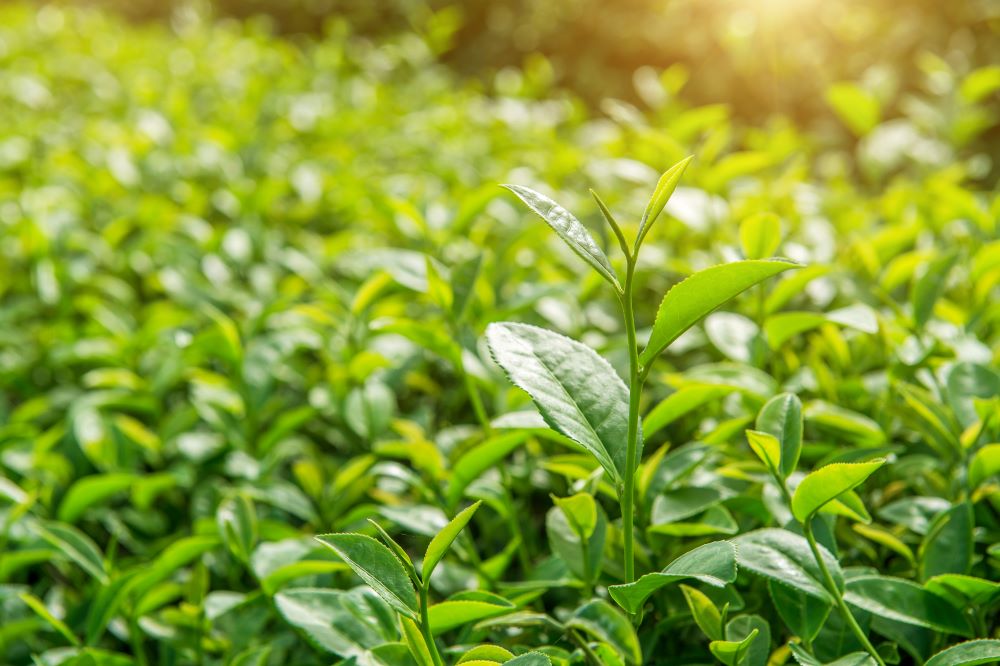In the realm of teas, few beverages boast the reputation and acclaim of green tea.
Renowned for its delicate flavor, rich history, and myriad health benefits, green tea has captivated the hearts and palates of people worldwide for centuries.
From ancient China to modern-day health enthusiasts, its allure remains undiminished. In this exploration, we delve into the nuances of green tea: its types, benefits, selection tips, optimal consumption practices, and its potential to enhance daily life.

Types of Green Tea:
Green tea originates from the Camellia sinensis plant and undergoes minimal oxidation during processing, preserving its natural compounds and distinctive flavor.
The world of green tea encompasses a diverse range of varieties, each distinguished by factors such as cultivation methods, processing techniques, and regional nuances.
Some popular types of green tea include:
- Sencha: Japan’s most prevalent green tea, sencha is characterized by its grassy flavor and vibrant green hue. It undergoes steaming, rolling, and drying processes to maintain its fresh taste and aroma.
- Dragon Well (Longjing): Hailing from the Hangzhou region of China, Dragon Well is celebrated for its flat, jade-colored leaves and chestnut-like flavor profile. Its delicate sweetness and nutty undertones make it a prized choice among tea connoisseurs.
- Matcha: A ceremonial-grade green tea powder revered for its vibrant emerald color and earthy taste. Matcha is prepared by grinding shade-grown tea leaves into a fine powder, offering a concentrated source of antioxidants and flavor.
Benefits of Green Tea:
Green tea’s reputation as a health elixir is well-founded, backed by a wealth of scientific research. Here are some compelling benefits supported by studies:
- Rich in Antioxidants: Green tea is abundant in catechins, potent antioxidants that combat oxidative stress and reduce the risk of chronic diseases, including heart disease and certain types of cancer.
- Promotes Weight Loss: Several studies suggest that the catechins and caffeine in green tea can enhance metabolism and promote fat burning, making it a valuable ally in weight management efforts.
- Supports Brain Health: The combination of caffeine and L-theanine in green tea has been linked to improved cognitive function, alertness, and mood regulation, promoting mental clarity and focus.
- Heart Health: Regular consumption of green tea may lower LDL cholesterol levels, reduce blood pressure, and improve vascular function, lowering the risk of cardiovascular diseases.
- May Reduce the Risk of Type 2 Diabetes: Research indicates that green tea consumption is associated with improved insulin sensitivity and reduced blood sugar levels, potentially lowering the risk of developing type 2 diabetes.
Selecting the Best Green Tea:
Navigating the vast array of green tea options can be daunting, but several key factors can help discern quality:
- Quality of Leaves: Look for whole, unbroken leaves or finely ground powder for matcha. Avoid tea bags containing dusty or broken leaves, as they may compromise flavor and potency.
- Origin: Consider teas sourced from reputable regions known for their tea cultivation practices, such as Japan (for sencha and matcha) and China (for Dragon Well and other varieties).
- Freshness: Opt for freshly harvested green tea to ensure optimal flavor and antioxidant content. Check the packaging date and choose teas with the latest harvest date whenever possible.
- Organic Certification: To minimize exposure to pesticides and other contaminants, prioritize organic green tea options certified by recognized regulatory bodies.
Best Way to Drink Green Tea:
To unlock the full potential of green tea while savoring its delicate flavors, follow these guidelines:
- Water Temperature: Heat water to around 175°F (80°C) for most green teas to prevent bitterness and preserve delicate flavors. Avoid boiling water, which can scorch the leaves and produce a harsh taste.
- Steeping Time: Steep green tea for 2-3 minutes to achieve the desired balance of flavor and strength. Oversteeping can lead to a bitter brew, so monitor the steeping time carefully.
- Serving Style: Enjoy green tea in its pure form or experiment with additions like lemon, mint, or honey for added depth of flavor. For matcha, whisk the powder with hot water to create a frothy, invigorating beverage.

Conclusion: Bringing Green Tea into Daily Life
Incorporating green tea into your daily routine offers a simple yet powerful way to nurture your body and mind.
Whether you seek a moment of tranquility, a boost of energy, or a dose of antioxidants, green tea delivers on all fronts.
By selecting high-quality varieties, brewing with care, and savoring each sip mindfully, you can harness the full spectrum of green tea’s benefits while indulging in a time-honored tradition that transcends cultures and centuries.
Embrace the art of tea drinking and let the vibrant essence of green tea enrich your journey towards holistic well-being.
